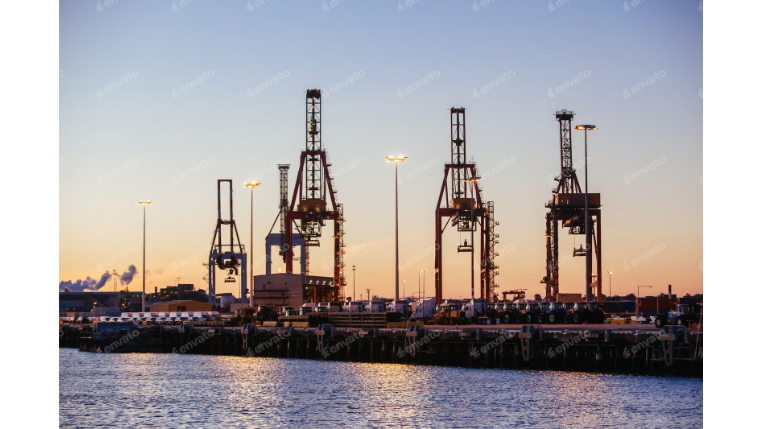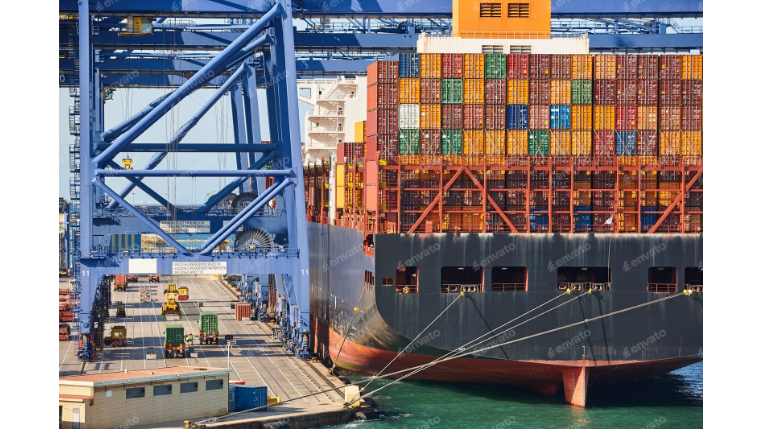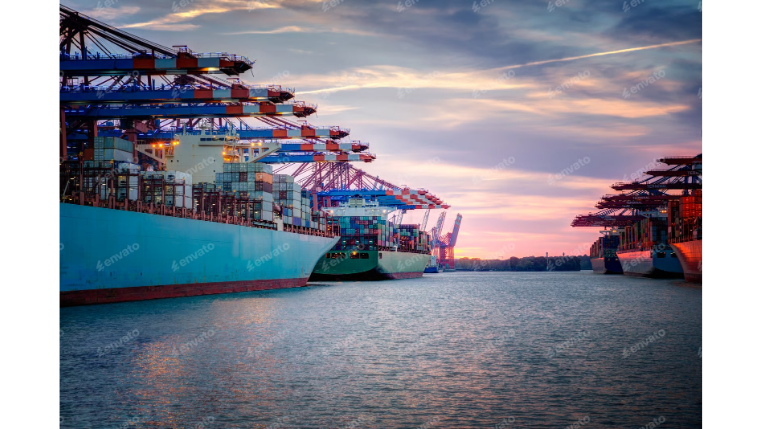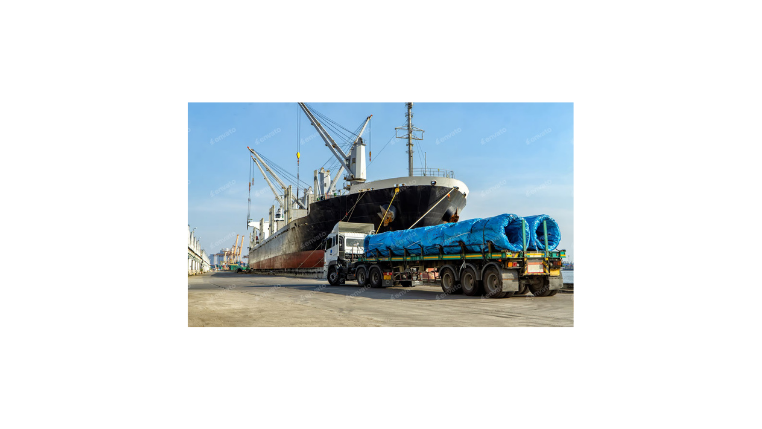Decoding Ocean Freight Rates: A Guide for Modern Shippers
Ocean freight rates are one of the most critical and volatile costs in any global supply chain. While they can seem unpredictable, these rates are calculated based on a clear set of factors, from carrier policies and cargo type to the powerful dynamics of global supply and demand. This blog breaks down the essential components of an ocean freight quote, explores the key drivers that influence pricing, and examines the external forces that can cause rates to fluctuate. By understanding these elements, your business can better forecast costs, strengthen negotiations, and build a more resilient shipping strategy.
The Core Components of an Ocean Freight Quote
An ocean freight quote is more than just a single price. It’s a composite of several charges. Understanding these components is the first step to managing your costs effectively.
- Base Rate: This is the fundamental cost of moving a container from the port of origin to the port of destination (e.g., from Shanghai to Los Angeles). It is the most negotiable part of the quote.
- Surcharges and Adjustments: These fees are added to the base rate to account for variable costs and specific services. Common surcharges include:
- Bunker Adjustment Factor (BAF): A variable surcharge that accounts for fluctuations in fuel (bunker) prices.
- Peak Season Surcharge (PSS): Applied by carriers during high-demand periods, typically from late summer through autumn leading up to the holiday season.
- Terminal Handling Charges (THC): Fees charged by the port terminals at both origin and destination for the handling of containers.
- Security Fees (ISPS): A charge for the International Ship and Port Facility Security measures implemented after 9/11.
- Local and Destination Charges: These can include fees for customs clearance, documentation (like the Bill of Lading), and inland transportation (drayage) from the port to a final warehouse.
The Four Key Drivers Influencing Freight Rates
Behind the numbers on your quote, four major forces are at play, constantly influencing the market rates.
1. Supply and Demand Dynamics
This is the single most powerful factor. The price of shipping is a direct reflection of the balance between available space on vessels (supply) and the volume of goods needing to be shipped (demand).
- Demand: Is driven by global economic activity, consumer confidence, and seasonal trends. For example, demand surges before major holidays as retailers stock up on goods.
- Supply: Refers to the total available vessel capacity on a specific trade lane. Shipping lines and their carrier alliances manage this supply strategically by adding or removing services and implementing "blank sailings" (canceling a scheduled port call or entire voyage) to match lower demand and keep rates from falling.
2. Route, Distance, and Trade Lane
Not all routes are created equal. Rates are heavily influenced by the specific journey.
- Distance: Longer voyages naturally incur higher fuel and operational costs.
- Trade Lane Volume: Major, high-volume lanes like the Trans-Pacific (Asia to North America) are intensely competitive but also subject to massive demand swings. Less-trafficked, niche routes may have fewer carrier options, leading to higher rates.
3. Cargo Type and Size
The nature of your cargo directly impacts the cost.
- FCL vs. LCL: A Full Container Load (FCL) shipment, where you book an entire container, is priced on a per-container basis. A Less than Container Load (LCL) shipment, where your goods share a container with others, is priced based on volume (cubic meters) or weight.
- Specialized Cargo: Goods requiring special handling, such as refrigerated containers (reefers) for perishables, oversized machinery, or hazardous materials (HAZMAT), command premium rates due to the need for specialized equipment and stricter protocols.
4. Carrier Policies
The world's ocean freight capacity is controlled by a small number of massive shipping lines (e.g., MSC, Maersk, CMA CGM). Their individual pricing strategies and their actions within large carrier alliances have a direct and powerful impact on market-wide rate levels.
External Factors You Can't Ignore
Beyond the core drivers, several external forces can cause sudden and dramatic shifts in ocean freight rates.
- Global Fuel Prices: The cost of bunker fuel is one of a carrier's largest operating expenses. Sudden spikes in oil prices are quickly passed on to shippers via the BAF.
- Geopolitical Events and Crises: Conflicts that disrupt major shipping canals (like the Suez or Panama canals), trade disputes leading to tariffs, and global pandemics can all cause massive, system-wide disruptions, sending rates soaring.
- Regulations and Environmental Mandates: New environmental regulations, such as the IMO 2020 mandate for low-sulfur fuel, often increase carriers' operating costs, which are then reflected in freight rates.
Conclusion
In conclusion, while you cannot control global demand or fuel prices, understanding the mechanics of ocean freight pricing is the first step toward gaining control of your shipping costs. Knowledge of these factors allows you to plan for seasonal fluctuations, ask the right questions during negotiations, and build a more resilient supply chain. In today's complex market, leveraging technology is crucial. Digital logistics platforms like Modaltrans provide real-time rate visibility, data analytics, and a centralized system to manage bookings, empowering businesses to navigate the volatile ocean freight landscape with confidence and agility.










